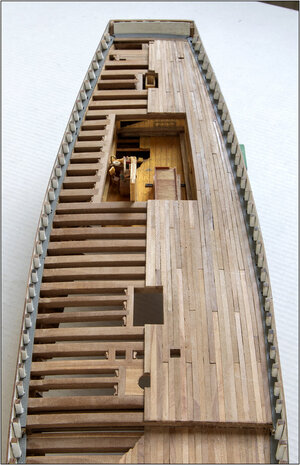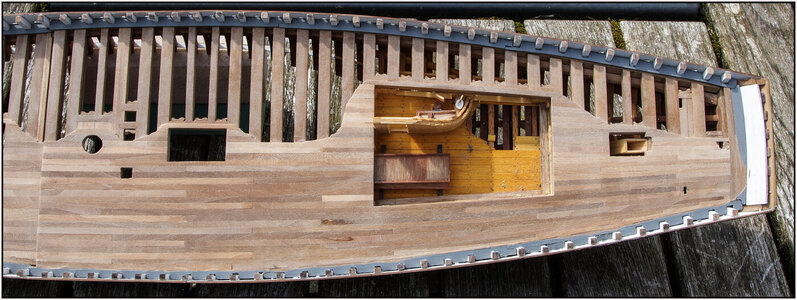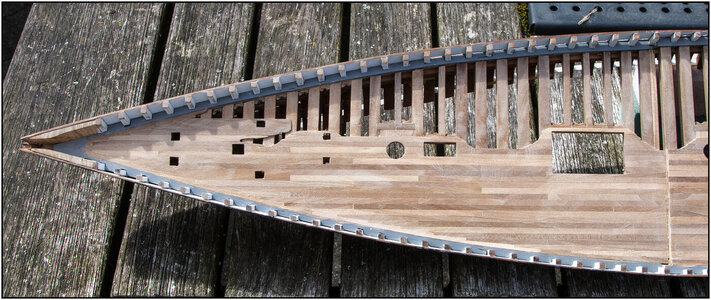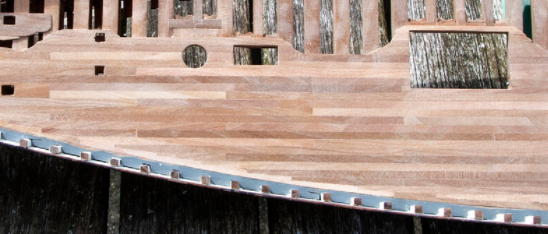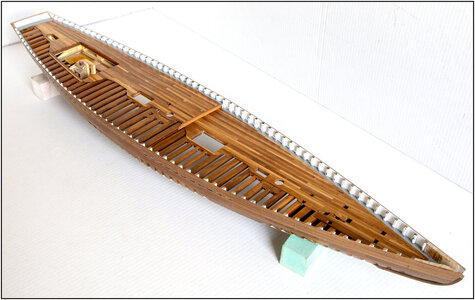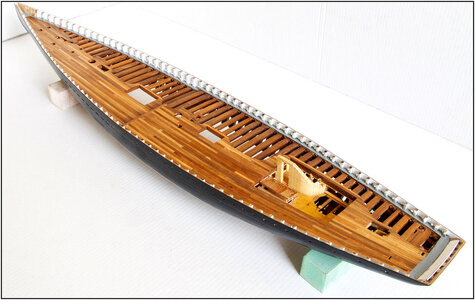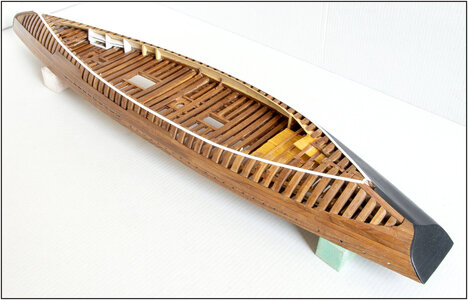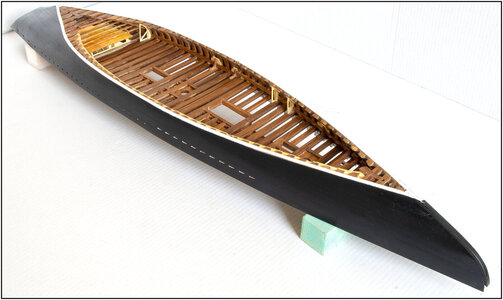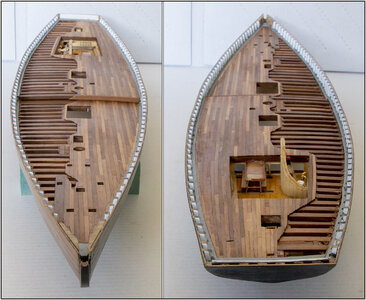Thank you, Heinrich. With this planking, there is a constant trade-off between the manual, your own plan with input from other sources, your own skills, what it looks like, etc. But I also see that story in your WB. What a lovely hobby we have.Dear Peter, your planking has a coherency and level of integration to the model as a whole which is visually very pleasing. The accident was a reminder never to get too comfortable with power/sharp tools.
And about the accident: I visited an old aunt this week.
I crossed the street and shot off the curb onto the side of my foot. Everything still intact, but for the same......
We sat together looking out behind the geraniums / cranesbills. The cat walked over the windowsill and knocked one off. Just next to my big toe. Everything still intact, but for the same......
Accidents are everywhere. I keep using my tools and keep thinking of my aunt.
Regards, Peter




